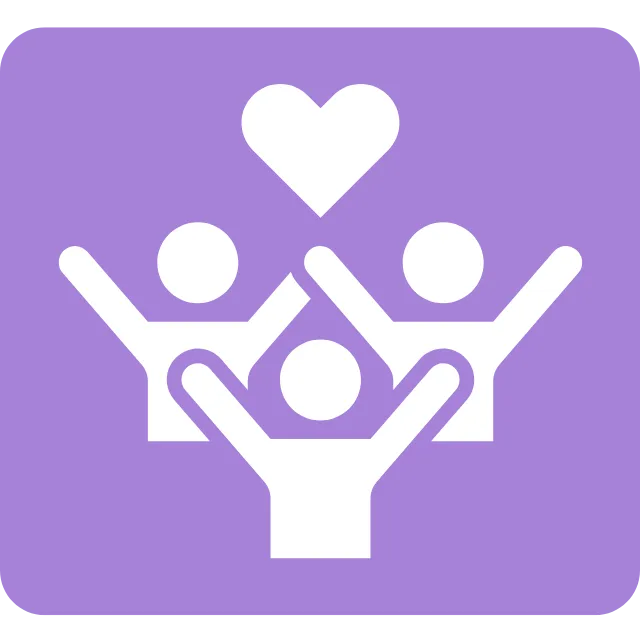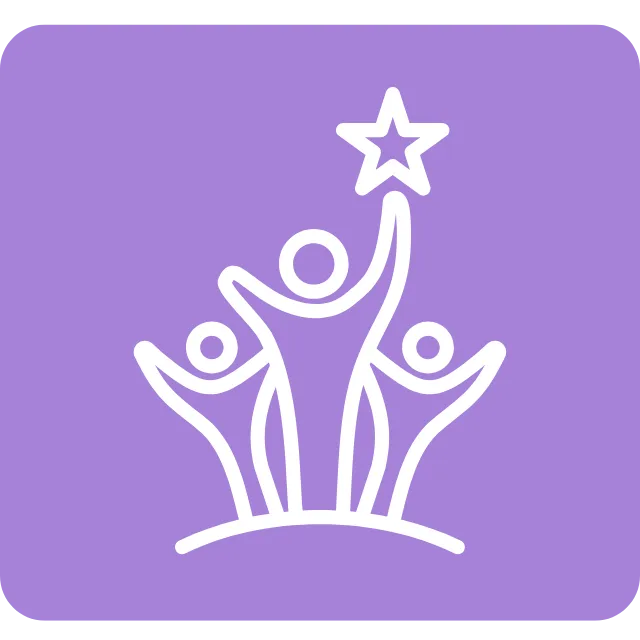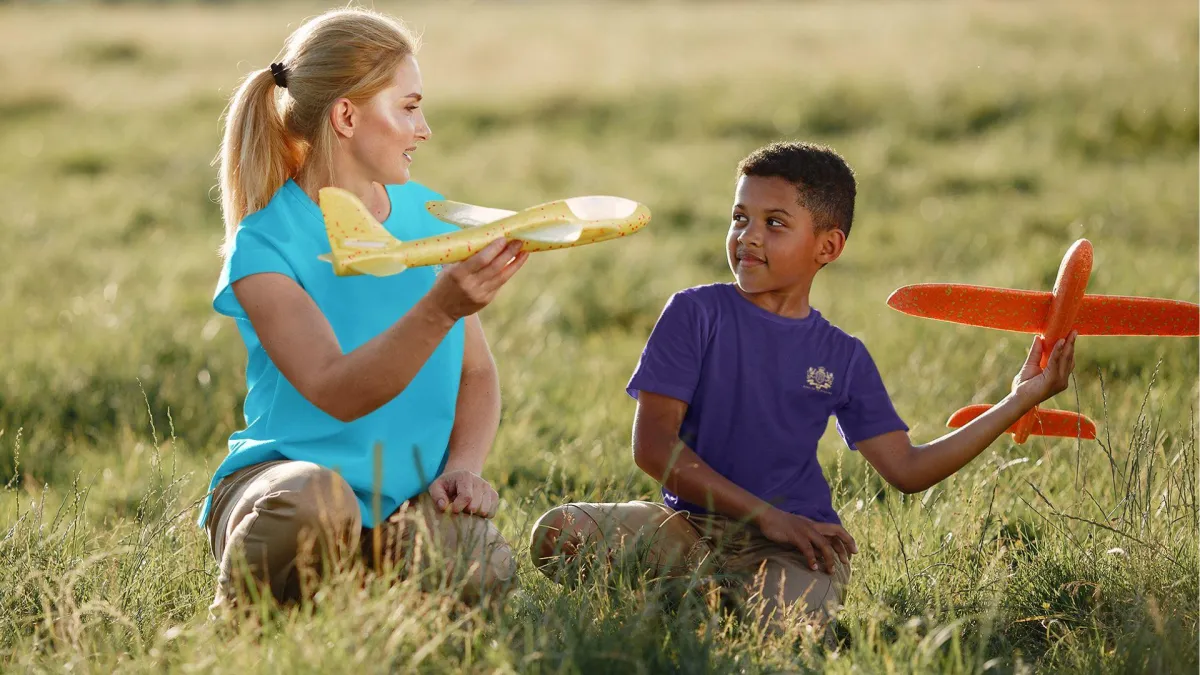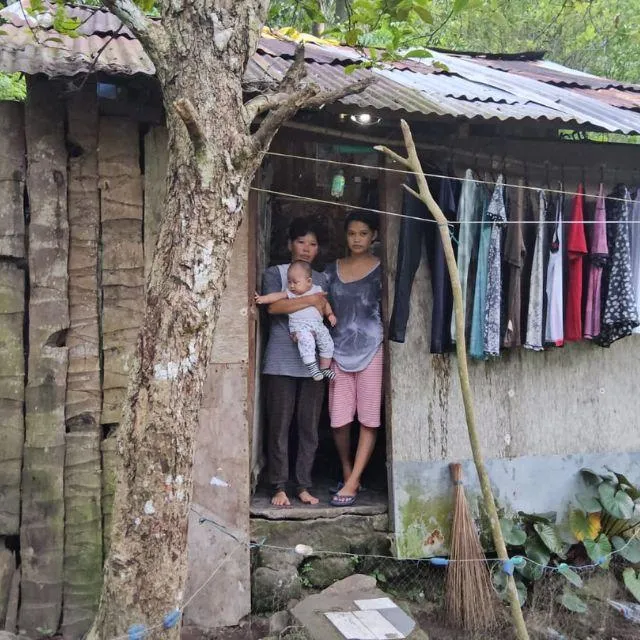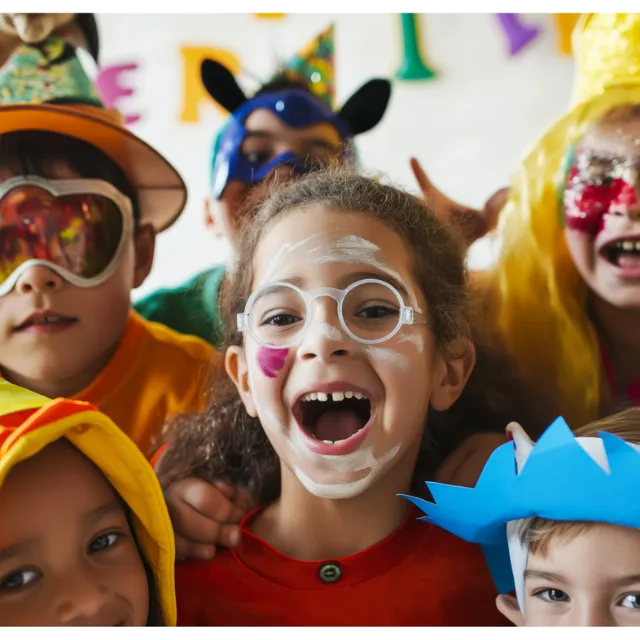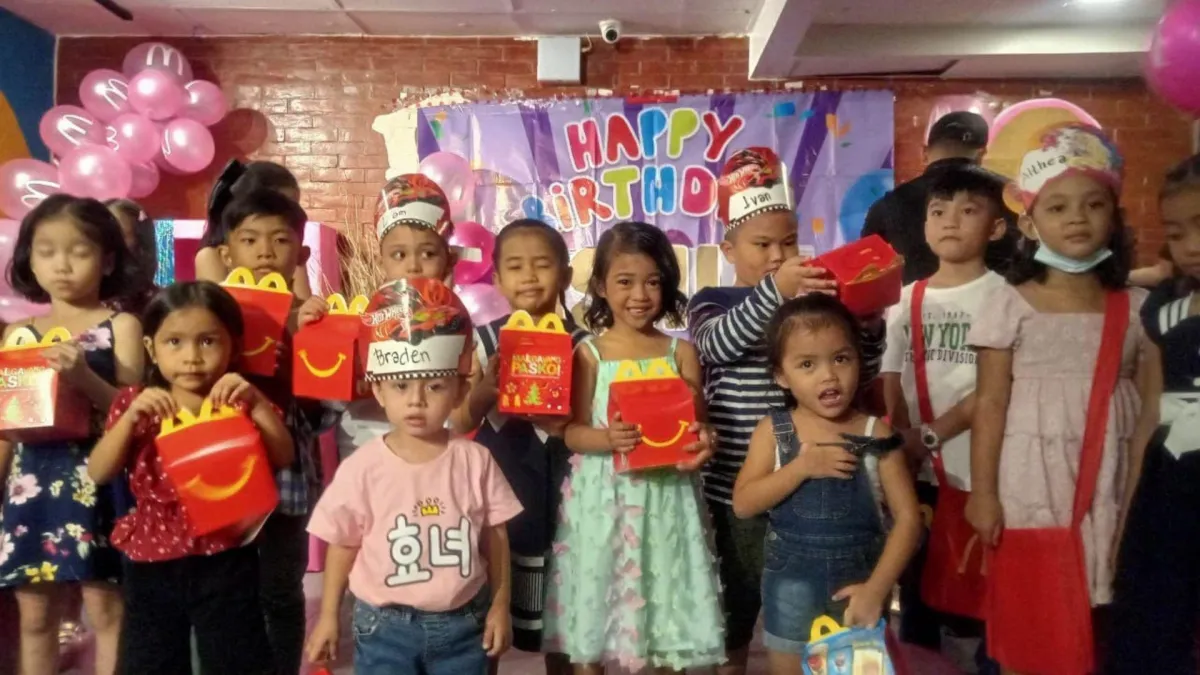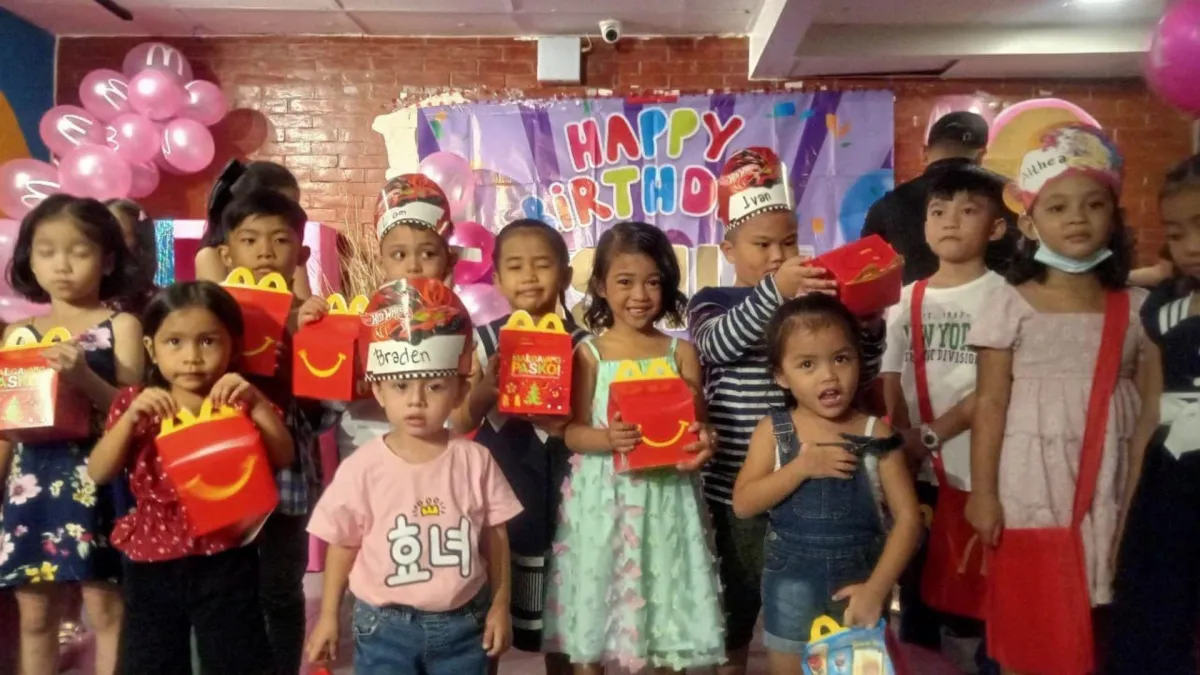
Child Empowerment Program
Giving Children a Voice: How the Child Empowerment Program Fosters Leadership and Self-Belief
Introduction
At Born to Be Wealthy Foundation, we are committed to giving children the tools and support they need to succeed, no matter the obstacles they face. One of the most powerful ways to ensure that children reach their full potential is through empowerment. Our Child Empowerment Program is designed to help children develop the confidence, leadership skills, and emotional resilience they need to navigate life’s challenges and thrive in all areas of life.
Empowering children is not just about giving them opportunities—it’s about helping them recognize their own potential and understand their ability to shape their own future. The Child Empowerment Program works to give children a voice, build their self-belief, and prepare them to become leaders in their communities and beyond. In this blog post, we’ll explore how the Child Empowerment Program fosters leadership, self-confidence, and emotional resilience, setting children on a path to success.
What is Child Empowerment?
Child empowerment is about giving children the power to make decisions, take action, and shape their own lives. It’s about helping children believe in their abilities and recognize that they have the capacity to influence their world. Empowerment provides children with the tools to overcome adversity, pursue their dreams, and become active participants in their communities.
Empowerment is not just about personal growth—it’s about creating a sense of agency, where children feel that they can make a difference in their own lives and the lives of others. By building leadership skills and self-belief, the Child Empowerment Program helps children develop the confidence to face challenges, make decisions, and lead with purpose.
The Goals of the Child Empowerment Program
The Child Empowerment Program has a clear mission: to provide children with the skills, knowledge, and support they need to become confident leaders. The key goals of the program include:
Fostering Leadership: The program helps children develop essential leadership skills, such as communication, decision-making, and problem-solving.
Building Self-Belief: By encouraging children to recognize their strengths and accomplishments, the program builds their self-confidence and self-worth.
Promoting Emotional Resilience: The program teaches children how to manage their emotions, stay motivated, and overcome challenges with a positive mindset.
Encouraging Community Engagement: The program empowers children to take on leadership roles in their schools, families, and communities, fostering a sense of responsibility and social impact.
How the Child Empowerment Program Works
The Child Empowerment Program provides children with the tools, guidance, and opportunities to grow as leaders. Here’s how the program works:
Identifying Potential Leaders: Children are selected for the program based on their potential for leadership, their willingness to grow, and their desire to make a positive impact in their communities.
Providing Leadership Training: The program offers leadership development workshops and activities that teach children essential skills such as communication, teamwork, and goal-setting.
Mentoring and Guidance: Children are paired with mentors who provide guidance, support, and encouragement as they work to develop their leadership skills.
Encouraging Community Involvement: The program encourages children to take on leadership roles in school clubs, community projects, and volunteer efforts, providing them with real-world opportunities to practice and refine their skills.
Building Leadership Skills in Children
Leadership is more than just being in charge—it’s about inspiring others, making thoughtful decisions, and taking responsibility for one’s actions. The Child Empowerment Program helps children build the skills they need to lead with confidence and purpose, including:
Communication: Teaching children how to express themselves clearly and listen to others, fostering open dialogue and understanding.
Problem-Solving: Encouraging children to think critically, evaluate options, and find solutions to challenges they encounter.
Teamwork: Helping children understand the value of collaboration and how to work effectively with others to achieve common goals.
Responsibility: Empowering children to take ownership of their actions, decisions, and the outcomes of their efforts.
By teaching children these essential leadership skills, the Child Empowerment Program prepares them to become leaders who can inspire others and create positive change in their communities.
Fostering Self-Belief: The Foundation of Success
Self-belief is the cornerstone of success. When children believe in themselves and their abilities, they are more likely to set goals, work hard to achieve them, and overcome obstacles along the way. The Child Empowerment Program fosters self-belief by:
Recognizing Achievements: The program celebrates children’s accomplishments, big and small, reinforcing their belief in their abilities.
Encouraging Risk-Taking: Children are encouraged to take risks, try new things, and learn from their mistakes, which helps build confidence and resilience.
Providing Positive Reinforcement: Mentors and leaders provide continuous support and encouragement, helping children stay motivated and focused on their goals.
Emotional Resilience: Overcoming Adversity Through Empowerment
One of the most important aspects of empowerment is teaching children how to cope with challenges and setbacks. Emotional resilience is essential for success in life, and the Child Empowerment Program helps children develop this important skill by:
Teaching Coping Strategies: The program provides children with tools to manage their emotions, such as mindfulness techniques, positive self-talk, and stress management practices.
Building Perseverance: Children learn that failure is not the end of the road—it’s an opportunity to learn, grow, and try again. This resilience helps them stay motivated even when things get tough.
Encouraging a Growth Mindset: The program encourages children to see challenges as opportunities for growth, helping them develop the belief that they can improve and succeed through hard work and dedication.
Success Stories: How the Child Empowerment Program is Changing Lives
The Child Empowerment Program has already had a profound impact on many children’s lives. Here are just a few success stories:
Story 1: Sarah, a 14-year-old girl, lacked confidence in her ability to lead. After joining the program, she took on a leadership role in her school’s community service project, helping organize a charity event. She gained confidence in her abilities and is now considering a future career in nonprofit work.
Story 2: Tyler, a 12-year-old boy, struggled with his emotional well-being. Through the Child Empowerment Program, Tyler learned coping strategies for dealing with stress and built resilience through mentorship and peer support. He is now thriving in school and has become a leader among his peers.
The Role of Donors and Volunteers in Supporting the Program
The success of the Child Empowerment Program is made possible by the generous contributions of donors and the dedication of volunteers. Donors provide the resources necessary to offer leadership training, mentorship, and emotional support. Volunteers give their time to mentor children, offer guidance, and help organize events that empower children to take on leadership roles.
How You Can Get Involved
You can support the Child Empowerment Program by:
Donating to provide resources, training, and mentorship to children.
Volunteering to mentor children and help guide them through their leadership development journey.
Spreading the Word to raise awareness and encourage others to get involved in empowering children.
Conclusion
The Child Empowerment Program is giving children a voice and helping them develop the confidence, leadership skills, and emotional resilience they need to succeed. By empowering children today, we are shaping the leaders of tomorrow. Join us in supporting the Child Empowerment Program and help give children the tools they need to take control of their futures and make a positive impact on their communities.





